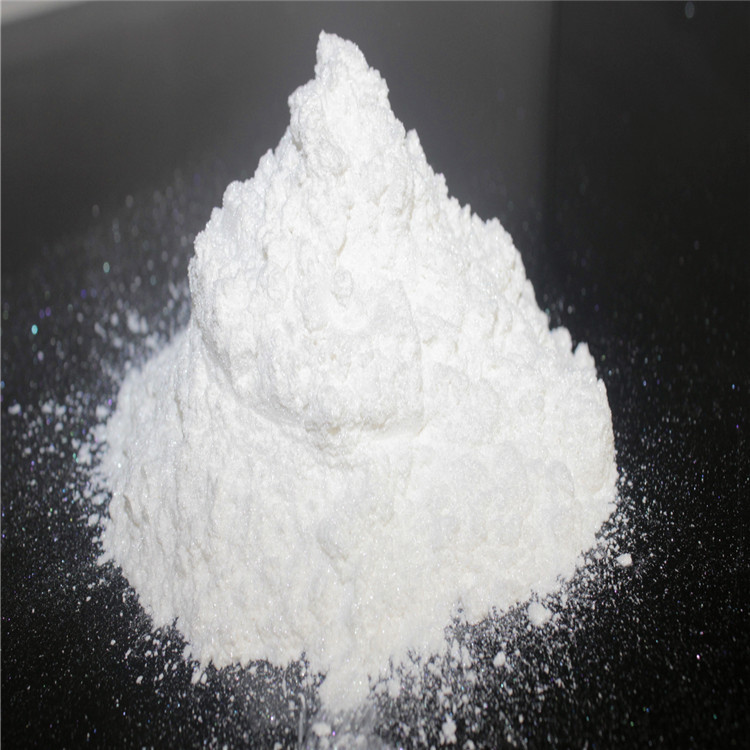Halogen-free flame retardants produce little smoke when burned and do not produce toxic or corrosive gases. Halogen-free flame retardant additives are mainly based on phosphorus compounds and metal hydroxides. These two types of compounds are non-volatile and do not produce corrosive gases when burned, and are called pollution-free flame retardants. Below, Kain Chemical will introduce to you the flame retardant principle of halogen-free flame retardants:
1. Endothermic effect
The heat released by any combustion in a short time is limited. If a part of the heat released by the fire source can be absorbed in a short time, then the flame temperature will be reduced, the heat radiated to the burning surface and used to crack the gasified combustible molecules into free radicals will be reduced, and the combustion reaction will be inhibited to a certain extent. Under high temperature conditions, flame retardants undergo a strong endothermic reaction, absorbing part of the heat released by combustion, lowering the temperature of the surface of combustible materials, effectively inhibiting the generation of flammable gases, and preventing the spread of combustion. The flame retardant mechanism of Al(OH)3 flame retardant is to increase the heat capacity of the polymer, allowing it to absorb more heat before reaching the thermal decomposition temperature, thereby improving its flame retardant performance. This type of flame retardant gives full play to its ability to absorb a large amount of heat when combined with water vapor to improve its own flame retardant ability.

2. Overlay function
After adding flame retardants to combustible materials, the flame retardants can form a glassy or stable foam covering layer at high temperatures, isolate oxygen, and have the properties of heat insulation and insulation. Oxygen, prevent flammable gas from escaping outward, thereby achieving the purpose of flame retardancy. For example, when organophosphorus flame retardants are heated, they can produce a cross-linked solid material or carbonized layer with a more stable structure. On the one hand, the formation of the carbonized layer can prevent further pyrolysis of the polymer, and on the other hand, it can prevent the thermal decomposition products inside it from entering the gas phase to participate in the combustion process.
3. Inhibit chain reaction
According to the chain reaction theory of combustion, free radicals are needed to maintain combustion. Flame retardants can act on the gas phase combustion zone to capture free radicals in the combustion reaction, thereby preventing the spread of flames, reducing the flame density in the combustion zone, and ultimately reducing the combustion reaction speed until it is terminated. For example, the evaporation temperature of halogen-containing flame retardants is the same as or similar to the decomposition temperature of the polymer. When the polymer decomposes by heat, the flame retardant also volatilizes at the same time. At this time, the halogen-containing flame retardant and the thermal decomposition products are in the gas phase combustion zone at the same time. The halogen can capture the free radicals in the combustion reaction, thereby preventing the spread of the flame, reducing the flame density in the combustion zone, and ultimately reducing the combustion reaction speed until it is terminated. .
4. Suffocation effect of non-flammable gas
The flame retardant decomposes into non-combustible gas when heated, diluting the concentration of combustible gas decomposed from combustible materials to below the lower combustion limit. At the same time, it also has a diluting effect on the oxygen concentration in the combustion zone, preventing the continuation of combustion and achieving a flame retardant effect.

 微信扫一扫打赏
微信扫一扫打赏

